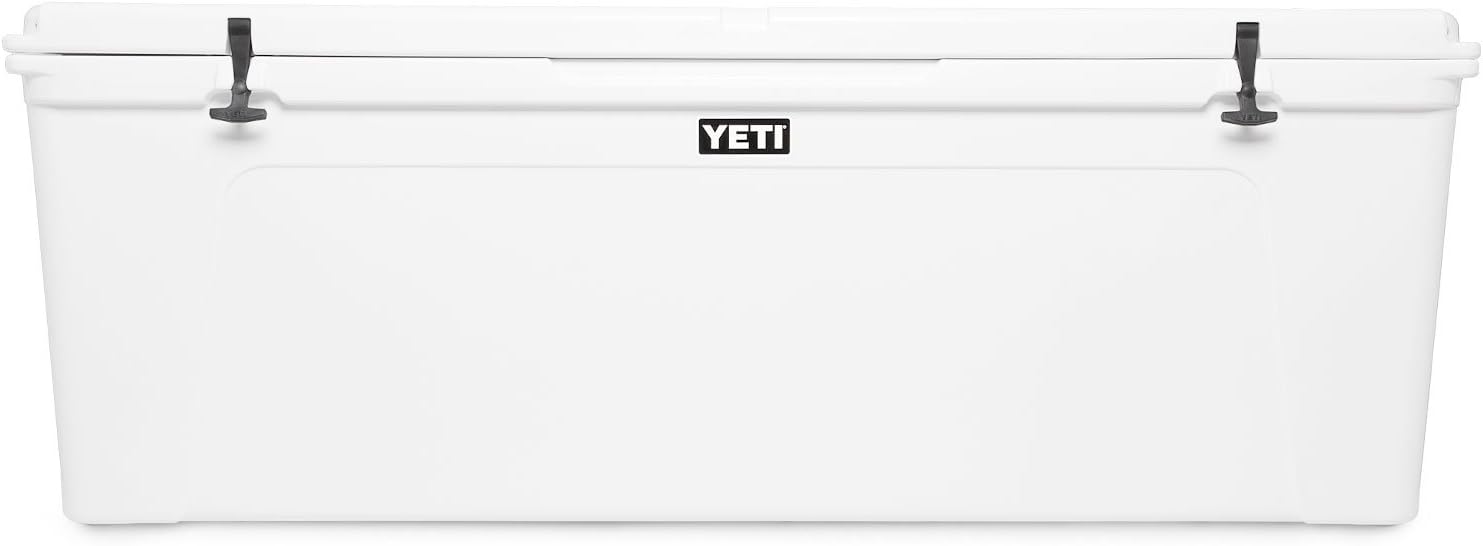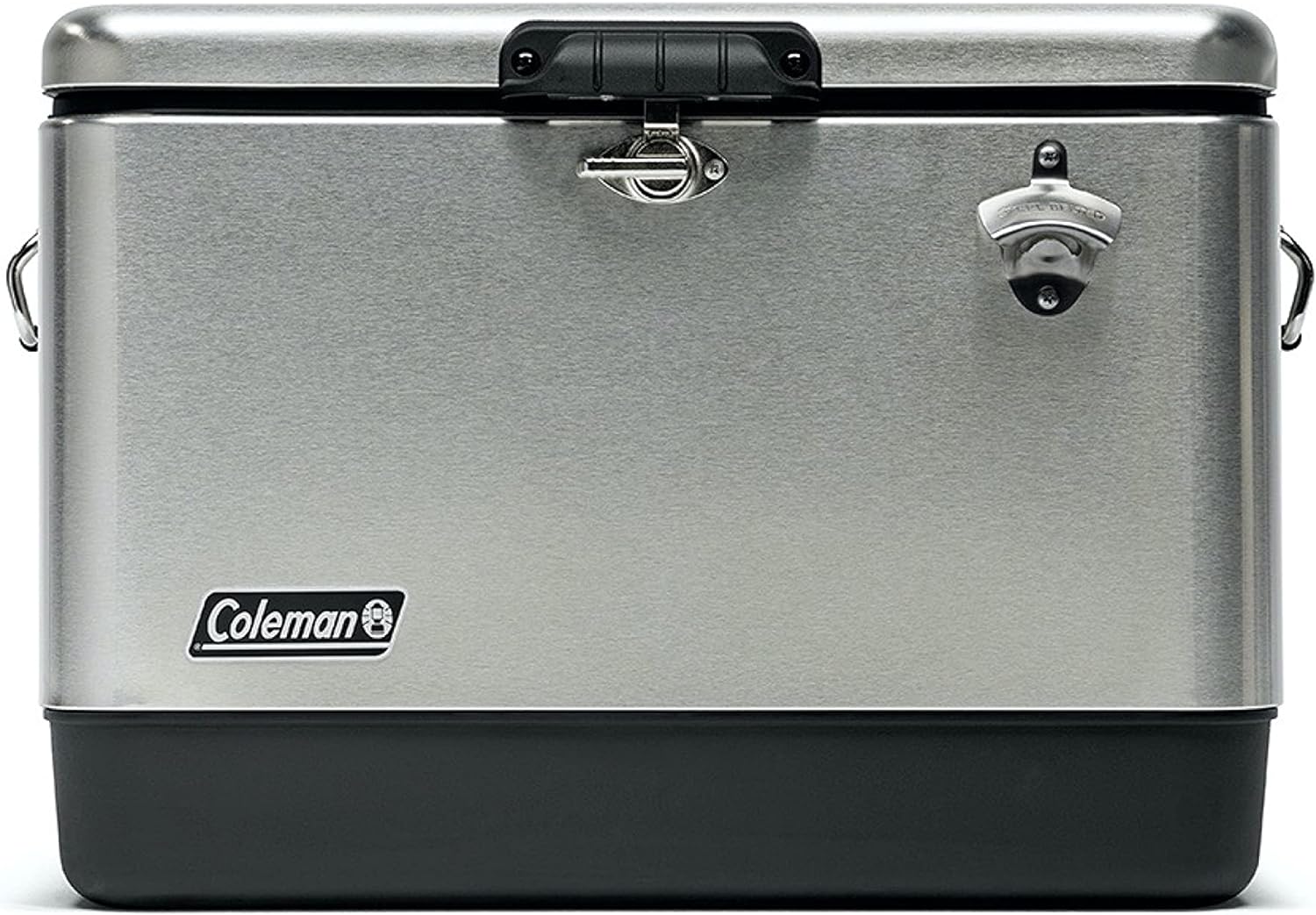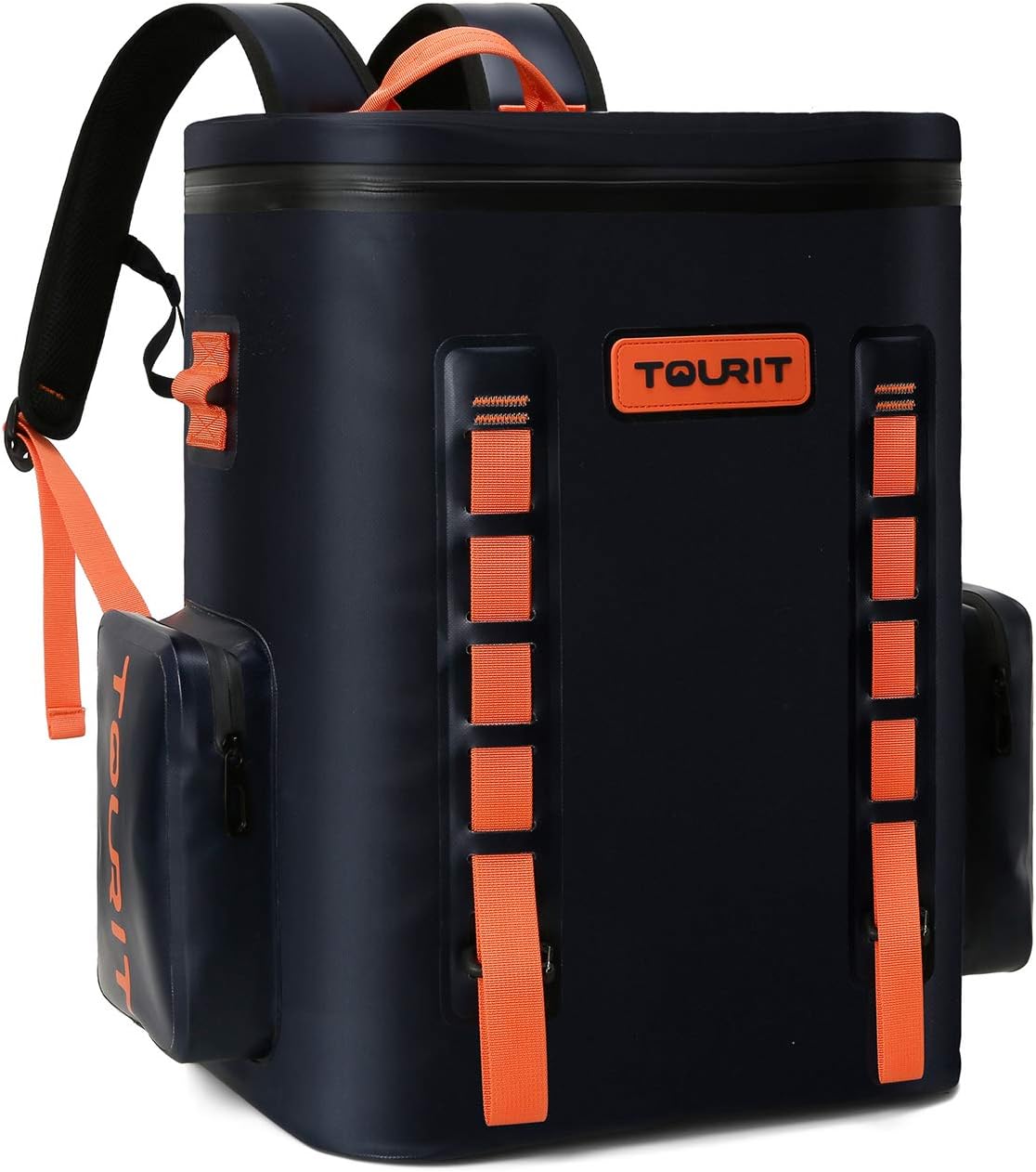Why does salt make ice cold water colder?
There’s no mystery behind this question.
If you put salt into cold water, the salt molecules attract each other and form crystals.
This causes the water to cool down.
In this article I’m going to explain you the actual reason why salt makes ice cold water colder.
Why Salt Water Ice Packs Are Colder Than Regular Water Ice Packs? (TL;DR)
Saltwater ice packs are colder because salt lowers the freezing point of water. This is why we put salt on our tongue after eating hot soup or chili. It helps cool down the burning sensation.
Salt Water Does Not Freeze Colder Than Regular Water In Your Freezer
If you put salt into regular water, it will lower the freezing point of the water. So if you put salt into regular tap water, it will freeze slower than normal tap water. But if you put salt into salt water, it will not change the freezing point of the salt water. So if you put salt into sea water, it will still freeze faster than regular tap water.
How Regular and Salt Water Ice Packs Change In Temperature As They Warm Up/Melt
Saltwater ice packs are used to cool down patients who are suffering from fever. It is usually given intravenously. It works by lowering the body temperature. This helps in reducing the pain caused by the fever. It is also used to reduce swelling and inflammation. It is also used to treat burns. Regular ice packs are used to reduce swelling and pain. It is also used for cooling off after surgery.
Start Point 0ºF (-18ºC)
As the ice pack warms up, the salt water becomes warmer than the surrounding air. This causes the salt water to evaporate faster than the surrounding air. As the salt water evaporates, it leaves behind sodium chloride crystals. These crystals form into a layer of salt around the outside of the ice pack. This process continues until the ice pack reaches the melting point. At this point, the salt water completely melts and the ice pack turns into a liquid.
From 0 to 20ºF (-18 to -7ºC)
0ºF -18º C is the start point of freezing. It is called zero degrees because it is the lowest temperature possible. 20ºF -6º C is the end point of freezing. It’s called twenty degrees because it is the highest temperature possible. At temperatures between these two points, water freezes from the outside inwards.
From 20 to 32ºF (-7 to 0ºC)
Freezing occurs when ice crystals form within liquid water. As the temperature drops below 32° F 0° C, the rate of freezing increases. At 32° F 0 ° C, the process stops completely. As the temperature falls further, the rate of freezing slows down until it reaches 0° F -18° C. This is known as absolute zero. Water freezes at 0° F -18 ° C because no ice crystals can form.
Over 32ºF (0ºC)
If you freeze something above 32 degrees Fahrenheit 0 Celsius, it will become solid but not frozen. It will still be edible, but it won’t be very appetizing. For instance, if you freeze milk, it will turn into ice cream. But if you freeze it above 32 degrees Fahrenheit or 0 degrees Celsius, it will become hard and unappetizing.
It’s Only During The Partially Melted Phase Salt Water Ice Is Colder Than Regular Ice
Ice is formed from water molecules that are arranged in a crystalline structure. This arrangement allows water molecules to bond together and form ice crystals. In order to melt ice, the bonds between water molecules must break. This happens because the water molecules vibrate faster than the surrounding air molecules. As a result, the energy released during vibration is transferred to the surrounding air molecules, causing them to move away from each other. This movement creates friction, which heats the surrounding air. Once the surrounding air reaches 212 degrees F 100 degrees C, the ice starts melting.
Both Ice Packs Will Reach Room Temperature Around The Same Time
It depends on how cold your freezer is. If your freezer is very cold, it will take longer for the ice pack to reach room temperature. However, if your freezer is not very cold, it will only take about 30 minutes for the ice pack to get to room temperature.









